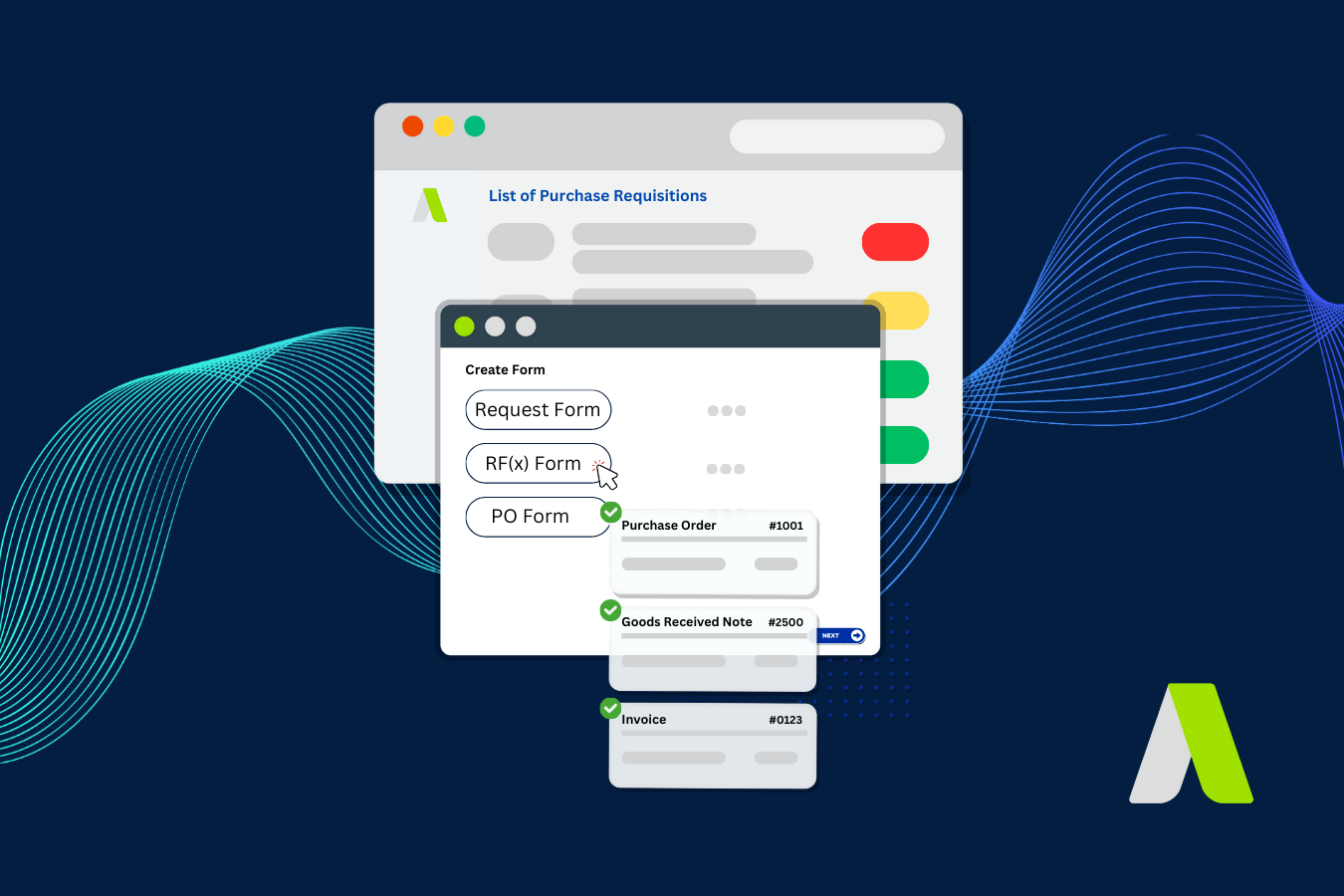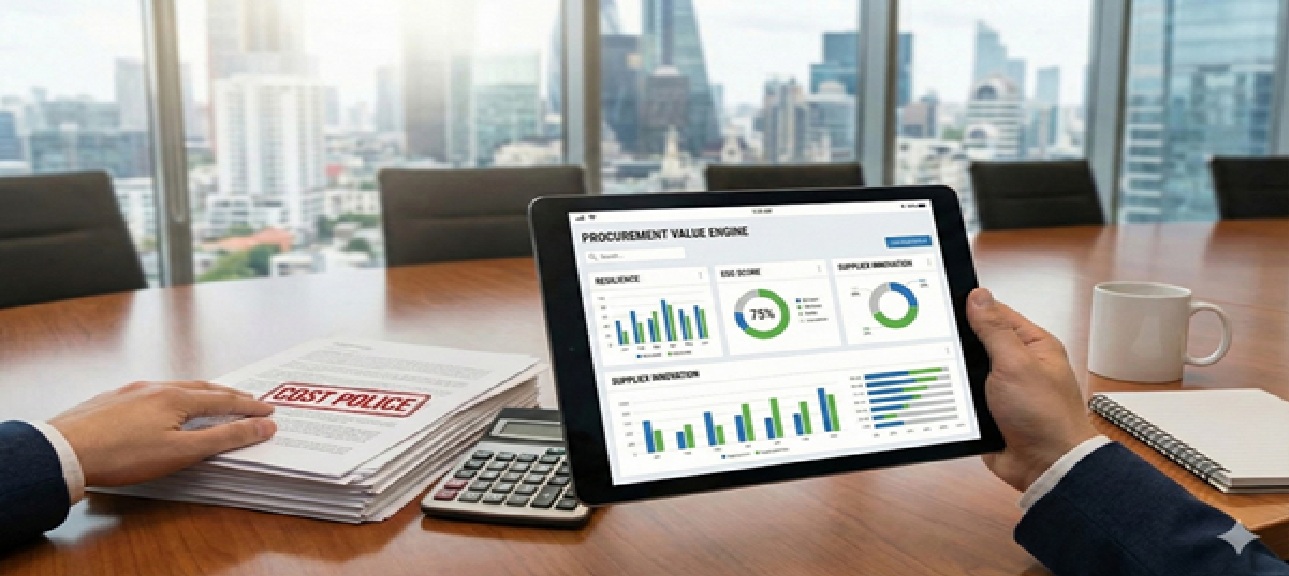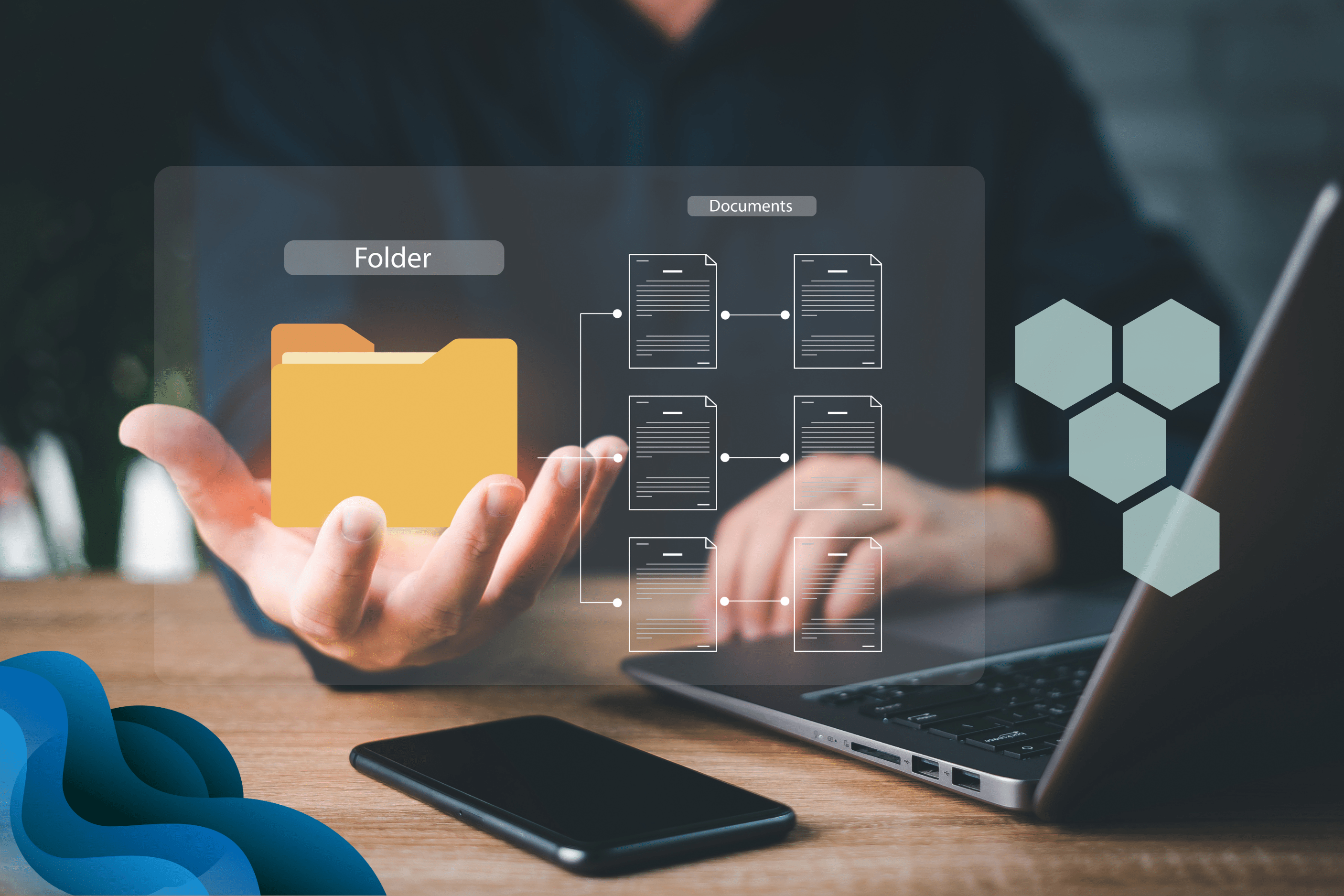In 2025, organizations are under increasing pressure to modernize procurement processes. Manual systems are no longer efficient, and spreadsheets can only take your business so far. An eProcurement system can transform how you manage purchasing, reduce costs, and increase operational efficiency.
What is an eProcurement System?
An eProcurement system is a digital solution that automates and streamlines purchasing processes. It allows businesses to manage requisitions, approvals, supplier interactions, and payments all in one place.
Why Businesses Need an eProcurement System
1. Increased Efficiency
eProcurement systems automate repetitive tasks such as purchase order creation and approval workflows. This reduces manual errors and frees up your team to focus on strategic tasks.
2. Cost Savings
By centralizing purchasing, businesses gain visibility into spending and can negotiate better deals with suppliers. Many systems also come with built-in analytics that help identify cost-saving opportunities.
3. Better Supplier Management
With an eProcurement system, you can track supplier performance, compliance, and contract terms. This leads to improved relationships and more reliable supply chains.
4. Real-Time Data and Reporting
Modern eProcurement platforms provide real-time data, allowing you to monitor spending, identify bottlenecks, and make informed decisions quickly.
5. Compliance and Risk Management
An eProcurement system ensures purchasing policies are followed consistently, reducing the risk of non-compliance and fraud.
6. Scalability and Integration
Most cloud-based eProcurement systems can integrate with your ERP or accounting software. They scale with your business and adapt to changing needs.

Trends in eProcurement for 2025
AI and Automation
Artificial intelligence is playing a larger role in procurement, helping teams automate supplier discovery, invoice matching, and risk analysis. Ivalua’s 2025 Procurement Trends highlight how AI is becoming essential for procurement leaders.
Sustainability
More organizations are focusing on sustainable procurement practices. eProcurement systems can help by tracking supplier certifications, emissions, and ethical sourcing. Fairmarkit outlines sustainability as a top trend.
Cloud-Based Flexibility
The shift toward remote and hybrid work has made cloud-based procurement tools more critical. These platforms offer greater accessibility and data security. CobbleStone Software details how cloud solutions are driving digital transformation.
If your company has set internal purchasing guidelines, e-Procurement systems can adapt to them with its incorporated features such as PO controls and approval workflows.
As a result, users are able to adhere to set compliances since it’s a part of their purchasing experiences. In addition, managers can have the peace of mind in knowing users are purchasing within established guidelines.
Getting Started with eProcurement
Implementing an eProcurement system may seem daunting, but the long-term benefits far outweigh the initial effort. Start small by automating key processes and gradually expand.
Learn more about the features of ADAM and explore our case studies to see how other businesses have successfully adopted eProcurement.
Final Thoughts
An eProcurement system is no longer a luxury, it’s a necessity. With benefits like cost savings, efficiency, compliance, and data-driven decision-making, your business can’t afford to stay behind. Embrace eProcurement to gain a competitive edge in 2025 and beyond.
Up next
See ADAM in action.
Get started and our friendly team will take care of the rest.
Explore how ADAM can transform your vendor management strategy today.




